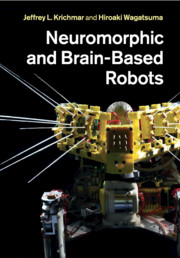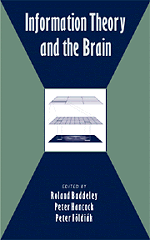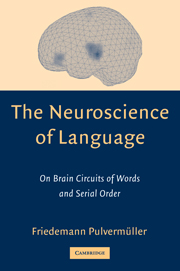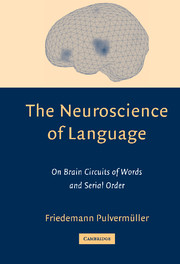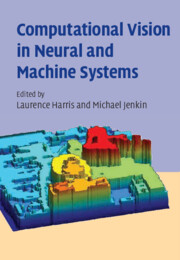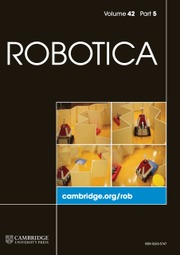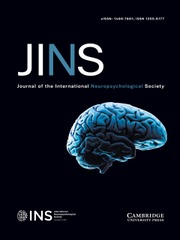Neuromorphic and Brain-Based Robots
Neuromorphic and brain-based robotics have enormous potential for furthering our understanding of the brain. By embodying models of the brain on robotic platforms, researchers can investigate the roots of biological intelligence and work towards the development of truly intelligent machines. This book provides a broad introduction to this groundbreaking area for researchers from a wide range of fields, from engineering to neuroscience. Case studies explore how robots are being used in current research, including a whisker system that allows a robot to sense its environment and neurally inspired navigation systems that show impressive mapping results. Looking to the future, several chapters consider the development of cognitive, or even conscious robots that display the adaptability and intelligence of biological organisms. Finally, the ethical implications of intelligent robots are explored, from morality and Asimov's three laws to the question of whether robots have rights.
- Case studies demonstrate how robots can be used to explore concepts in brain development, cognition and neural processing
- Coverage of philosophical issues such as machine consciousness and robot ethics provides valuable insights into directions for future research
- Mathematical treatments are avoided, allowing readers to understand the concepts and issues without wading through complex mathematics
Product details
June 2020Paperback
9781108826204
376 pages
244 × 170 × 20 mm
0.602kg
Available
Table of Contents
- List of contributors
- Preface
- Part I. Introduction:
- 1. History and potential of neuromorphic robotics Jeffrey L. Krichmar and Hiroaki Wagatsuma
- Part II. Neuromorphic Robots: Biologically and Neurally Inspired Designs:
- 2. Robust haptic recognition by anthropomorphic hand through repetitive grasping Koh Hosoda
- 3. Biomimetic robots as scientific models: a view from the whisker tip Ben Mitchinson, Martin J. Pearson, Anthony G. Pipe and Tony J. Prescott
- 4. Sensor-rich robots driven by real-time brain circuit algorithms Andrew Felch and Richard Granger
- Part III. Brain-Based Robots: Architectures and Approaches:
- 5. RatSLAM project: robot spatial navigation Gordon Wyeth, Michael Milford, Ruth Schulz and Janet Wiles
- 6. Evolution of rewards and learning mechanisms in cyber rodents Eiji Uchibe and Kenji Doya
- 7. A neuromorphically-inspired cognitive architecture for cognitive robots Mitch Wilkes, Erdem Erdemir and Kazuhiko Kawamura
- 8. Autonomous visuomotor development for neuromorphic robots Zhengping Ji, Juyang Weng and Danil Prokhorov
- 9. Brain-inspired robots for autistic training and care Emilia I. Barakova and Loe Feijs
- Part IV. Philosophical and Theoretical Considerations:
- 10. From hardware and software to kernels and envelopes: a concept shift for robotics, developmental psychology and brain sciences Frederic Kaplan and Pierre-Yves Oudeyer
- 11. Can cognitive developmental robotics shift the paradigm? Minoru Asada
- 12. A look at the hidden side of situated cognition: a robotic study of brain-oscillation-based dynamics of instantaneous, episodic and conscious memories Hiroaki Wagatsuma
- 13. The case for using brain-based devices to study consciousness Jason Fleischer, Jeffrey McKinstry, David Edelman and Gerald Edelman
- Part V. Ethical Considerations:
- 14. Ethical implications of intelligent robots George A. Bekey, Patrick Lin and Keith Abney
- 15. Toward robot ethics through the Ethics of Autism Masayoshi Shibata
- Index.

